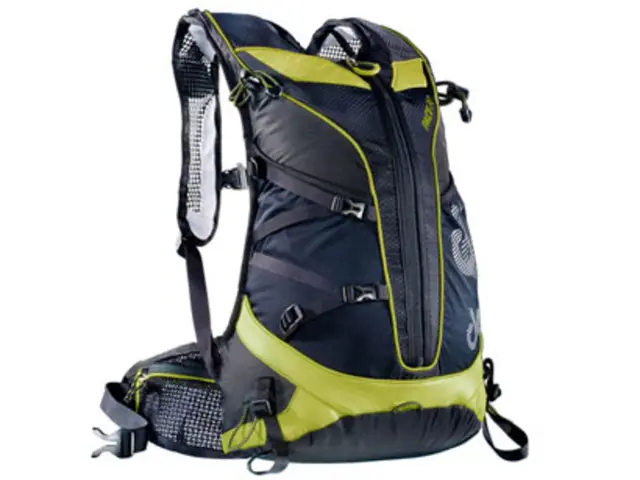Apparel Fulfillment Explained: Processing and Delivering Clothing Orders, Explored
In the dynamic world of apparel retail, efficient fulfillment is the key to meeting customer demands for faster delivery, minimising shipping errors, and effectively managing returns. Here are some strategies that can help apparel businesses streamline their operations.
Packing Strategies ------------------
To ensure consistency and protect products from damage during shipping, it's essential to standardize packing practices. This involves developing specific protocols tailored to different apparel types. Optimising packing stations with good lighting and ergonomic setups can increase productivity and reduce worker fatigue. Clear packing documentation, including accurate packing slips and shipping labels, helps minimise errors. Implementing a quality assurance process to monitor packing accuracy and prevent mistakes is also crucial. Employing batch and zone picking can reduce picker travel time, speeding up the packing process.
Shipping Optimization ---------------------
Smart packaging techniques that reduce dimensional weight fees by optimising box sizes can save costs. Coordinating with carriers via pre-labeled shipments can speed up pickups and reduce delays. Distributed fulfillment, where shipping is done from multiple warehouses or micro-fulfillment centers closer to customers, can cut last-mile delivery times. Predictive analytics can help stock high-demand items at urban fulfillment centers or micro-hubs for faster delivery and lower shipping costs.
Returns Management -------------------
Setting up a dedicated returns processing area with assigned staff can handle inspections, sorting, and restocking efficiently. A clear workflow for returns, including scanning on arrival, assessing condition, deciding on restocking, repairing, discounting, or disposal, and updating inventory immediately, is essential. Prioritising restocking sellable return items, especially if in demand, can help recover revenue. Communicating clearly with customers about exchange timelines and keeping exchange stock ready can speed up processing. Analyzing returns data to identify problem products and improve product info can reduce future return rates.
Additional Fulfillment Efficiency Tips --------------------------------------
Using warehouse management systems (WMS) that automate inventory tracking and sync multiple locations can reduce manual errors and stock issues. Slotting optimization, where fast-moving items are placed in easily accessible locations, can speed picking. Modular racking and seasonal staffing can help stay flexible and scale operations during peak seasons. SOP engineering and simulation-based training can continuously improve workforce accuracy and efficiency.
Apparel retailers can benefit from these strategies, making their operations faster, more accurate, and cost-efficient while improving customer satisfaction. Services like ShipBob, which functions as a 3PL provider with numerous fulfillment centers worldwide, can help manage the entire fulfillment process. Using barcodes together with scanners can help minimise mispicks in the fulfillment process. Signing up with a shipping platform can simplify order fulfillment, helping manage purchasing shipping labels, finding the right carrier, and securing shipping boxes. Shipping labels, necessary for delivering orders, can be obtained for free from carriers like UPS, FedEx, DHL, or purchased from vendors like Amazon, Walmart.
In the apparel industry, which has a high return rate of 16.9% as of 2024, these strategies can significantly improve operations. Better customer satisfaction, better tracking, improved space utilization, better inventory management, and a streamlined order picking process are just some of the benefits of an efficient fulfillment operation.
Shopping for home-and-garden items or finding deals-and-discounts on products for your lifestyle might become as efficient as apparel retail, with optimizations similar to those mentioned. Standardizing packing practices, such as developing specific protocols tailored to different home and garden product types, could ensure consistent deliveries and minimize damage to items during shipping. Employing quality assurance processes, batch and zone picking, and using warehouse management systems (WMS) can also increase packing efficiency and reduce errors. Additionally, smart packaging techniques, like optimising box sizes, can save on shipping costs for home-and-garden purchases, much like in apparel retail.




